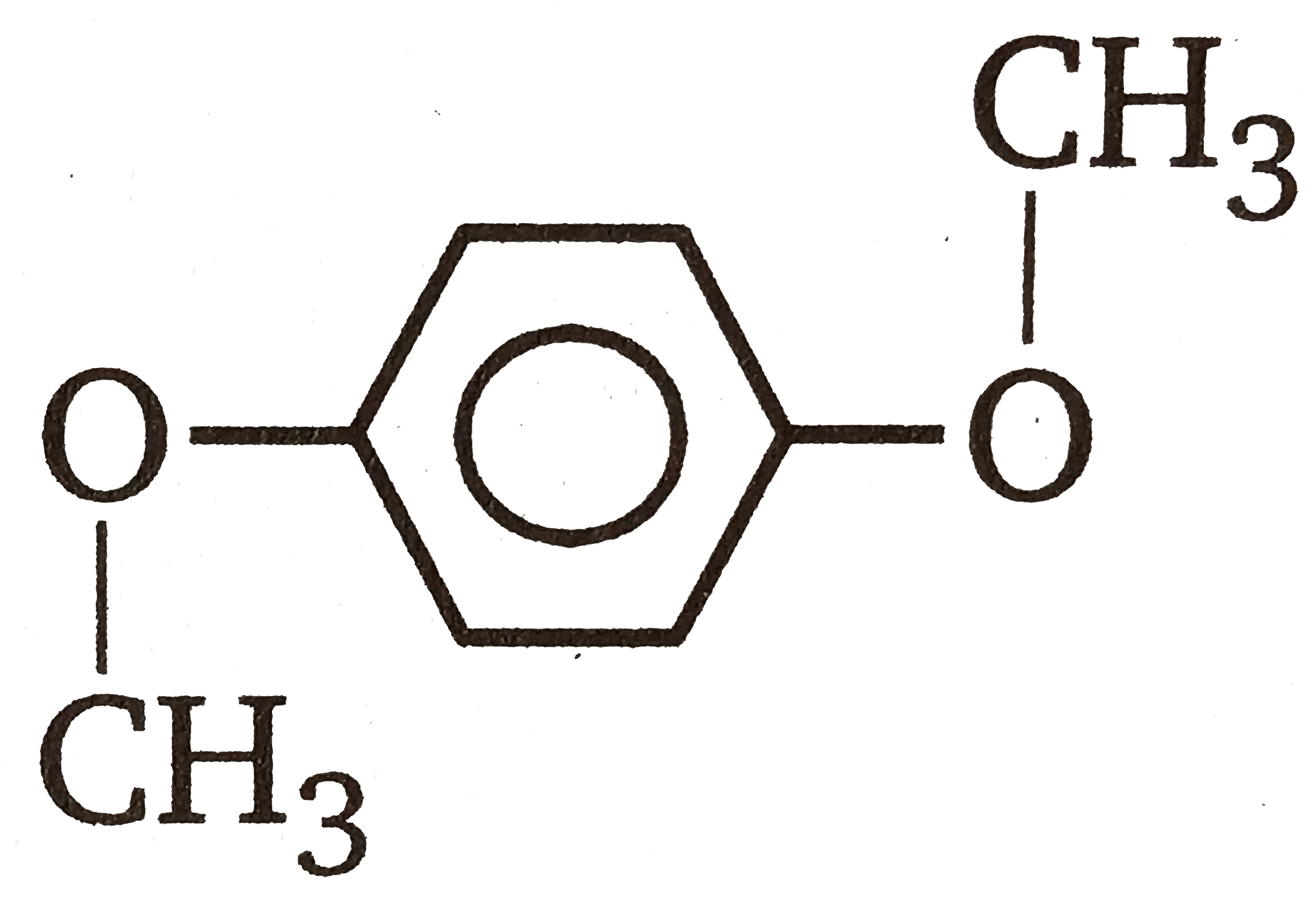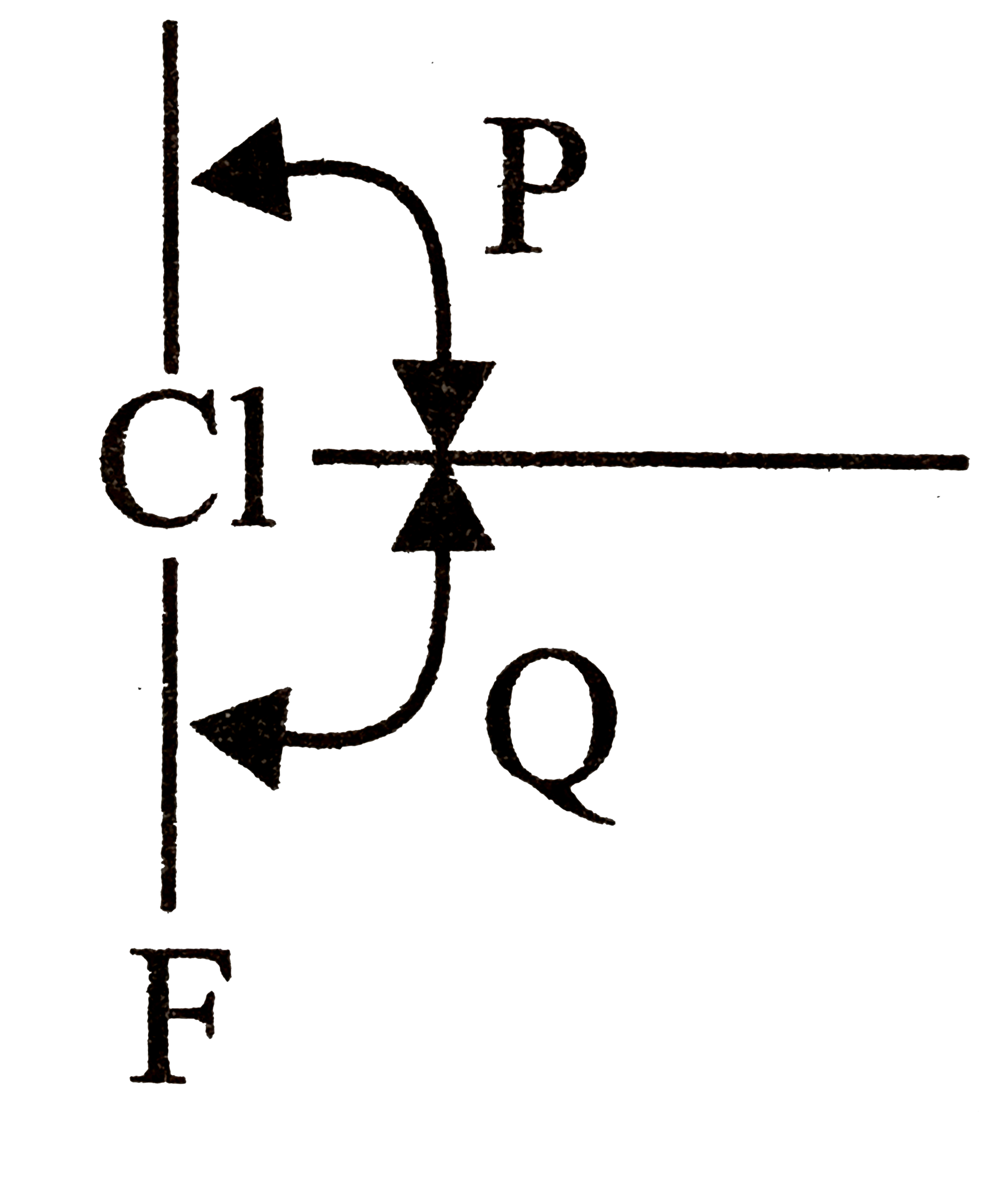Complete Solutions to Section B - Assertion Reasoning of chapter CHEMICAL BONDING AND MOLECULAR STRUCTURE of Class 11 book with complete answers and questions
| Class 11 | CHEMISTRY |
| Chapter | CHEMICAL BONDING AND MOLECULAR STRUCTURE |
| A2Z | Section B - Assertion Reasoning |
| Number Of Questions | 37 |
| Academic Year | 2023-24 |
Assertion Ionic compounds tend to be non-volatile
Reasoning Intermolecular forces in these compounds are weak .01:39View SolutionAssertion : Bond order can assume any value number including zero.
Reason :Higher the bond order ,shorter is bond length and greater is bond energy.03:14View SolutionAssertion : Water is liquid but `H_(2)S` is a gas.
Reason : Oxygen is paramagnetic.04:00View SolutionAssertion: The first ionisation energy of `Be` is greater than that of `B`.
Reason: 2p-orbital is lower in energy than 2s-orbital.02:25View SolutionAssertion : `sigma`-bond is strong white `pi` -bond is a weak bond.
Reason :Atomic rotate freely about `pi`-bond.03:36View SolutionAssertion `:H_(2)O_(2) `is non `-` ionic compound.
Reason `:` The `O-O` bond length in `H_(2)O_(2)` is shorter than that of `O_(2)F_(2)`.02:15View SolutionAssertion : `B_(2)` molecule is paramagnetic.
Reason :The highest occupied molecular orbital is of `sigma` type.01:57View SolutionAssertion :First ionization energy is lower than oxygen.
Reason :Across a period effective charge decreases.05:34View SolutionAssertion (A): F-F bond in `F_(2)` melocule is weak.
Reason(B)F atom is small in size.01:49View SolutionAssertion :The S-S-S bond in `S_(8)` molecule is `105^(@)`.
Reason :`S_(8)` has V-shape.01:52View SolutionAssertion : Bond order for CO is more than bond order in CO whereas bond order in `N_(2)^(-)` is less than `N_(2)` whereas both are isoelectronic.
Reason : Both are same bond order.03:34View SolutionAssertion : `N_(2)O` is respented by (i) `N = N = O` and (ii) `N= N rarr O` but the latter is more stable.
Reason :From (ii) shown resonance.02:30View SolutionAssertion (A): Lithium chloride is predominantly covalent compound.
Reason (R ): electronegativity difference between Li and Cl is small.05:19View SolutionAssertion : `CaF_(2)` is solution in water but `CaI_(2)` not.
Reason : `CaF_(2)` is soluble in water but `CaI_(2)`.03:44View SolutionAssertion : `O_(3)` and `NO_(2)^(-)` are isoelectronic.
Reason : Bond angle of `O_(3)` and `NO_(2)^(-)` are `118.8^(@)` and `115^(@)` respectively.03:57View SolutionAssertion : `NO_(2)` is readily dimerised to `N_(2)O_(4)`
Reason :`NO_(2)` has one unpaired electron and two such electron with opposite spin in two `NO_(2)` molecules form bond between two N-atoms readily.03:53View SolutionAssertion :Bothe `Cu^(+)` and` Na^(+)`have almost same radil.
Reason :`Cu^(+)` possesses more power to polarise an anion.03:13View SolutionStatement : p-dimethoxy benzene is polar molecule .
Explanation : The two methoxy groups . At para positions are located as
 01:54View Solution
01:54View SolutionStatement : The lattice energy of silver halids is ` AgF gt AgCl gt AgBr gt AgI`.
Explanation : `AgF` is water soluble .03:33View SolutionAssertion : In `CH_(3)NCO`, the angles `C - N - C` and `N - C - O` are not identical
Reason :N- atom has a pair of electrons which is involved to `p pi - d pi ` delocalisation whereas `C-`atom does not have lone pair of electrons.03:37View SolutionAssertion : In `IOF_(4)^(-)` a single lone pair is present an iodine atom trans to oxygen to have minimum repulsion between the `I=0` and the lone pair of electrons.
Reason : The VSEPR model consider double and triple bonds to have slightly greater repulsive effect then single bonds bonds because of the repulsive effective `pi` electrons03:52View SolutionAssertion : Molecular having different hybridisation can have same shape.
Reason :The shape of a molecule does not depend on the hybridisation but it depends on the energy factor.04:50View SolutionAssertion :`SO_(2),NO_(3)^(-) ` and `CO_(3)^(2-)` are isoelectronic as well as isostructural species.
Reason :The d and f-orbital do not shield the nuclear charge very effectively. Therefore there is signified rediduction in the size of the ions, just after d or f orbital have been completely filled.06:38View SolutionAssertion : Carbon has unique ability to form `p pi-p pi` multiple bonds with itself and with other atomic of small size and high electronegativety.
Reason : Heaviur elements of group `14th` do not form `p pi -p pi` bonds because their atomic orbital are too large and diffuse to have effective sideways overapping.03:55View SolutionAssertion :
 F bond angle p is equal to the bond angle Q but not precisely equal to `90^(@)`.
F bond angle p is equal to the bond angle Q but not precisely equal to `90^(@)`.
Reason :The molecule is T- shapes and there is repulsion between lone pairs of electrons.03:10View SolutionAssertion : Elemental nitrogen exist as a diatomic molecule and phospours as tetratomic molecule.
Reason :Nitrogen does not have vacant d-orbital wheras phosphorus have vacant d-orbital.04:32View SolutionAssertion : Amongst the oxo acids of halogens, HOCI, HOBr and HOI , the HOI is the most acidic acid.
Reason :The conjugate base stability is `CIO gt BrO gt IO`.03:25View SolutionAssertion : Aluminium chloride in acidified aqueous solution from octahedral `[AI(H_(2)O)_(6)]^(3+)` ion.
Reason :In `[AI(H_(2)O)_(6)]^(3+)` complest ion the `3d` orbital of Al are involved and the hybridisation state of AI is `sp^(3)d^(2)`.03:51View SolutionAssertion :A molecule of Buckminsterfullerene exhibita aromatic character.
Reason :All the carbon atom undergo `sp^(2)` hybridisation. Each carbon atom atomic three sigma bonds with other three carbon atom. The remaining electron at each carbon is delocalised in molecular orbitals.04:19View SolutionAssertion : The double bond in `C_(2)` molecule consider of both `pi` bonds
Reason :Four electrons are presents in two `pi ` bonding molecule orbital in `C_(2)`02:25View SolutionAssertion : To obtain effefctive `p pi-p pi` overlap, the size of the de-orbital must be similar to the `p-`orbital so the chlorine `p pi-p pi` bonding is strongest in their oxoanions.
Reason :On moving period from left to right in the periodic table, the nuclear charge is incresed and more s and p-electrons are added. Since these `s-` and `p-`electron shield the nuclear charge incompletely, the size of the atom and that of the `d-`orbital decreases .This leads to progressively stronger `p pi-d pi` bonding.04:15View SolutionAssertion :dimenthyl ether and disilyl ether both readily form complexes with trimethyl borane.
Reason : .03:27View Solution
.03:27View SolutionAssertion : Solubility of Lil is more than that of LiBr.
Reason :Lil has more lattice energy and more hydration energy in comparison is LiBr.03:45View SolutionAssertion : `AI^(3+)` forms more ionic compound in comparison to `Ga^(3+)` with identical anion.
Reason :`r_(AI)^(3+)` and ` z_(eff)` of ` Ga^(3+)` is more than that of `AI^(3+)`.05:39View SolutionAssertion : `NF_(3)` has tendency to act as a donor molecule.
Reason : The highly electronegative F atoms atract electron and these moments partly cancel the moment from the lone pair.03:27View SolutionAssertion : Ortho boric acid crystal are hard and cannot be broken eassily into the powder form.
Reason :In the solid state `B(OH)_(3)` units are hydrogen bonded togather into two dimensional sheets.View SolutionAssertion :The orystal sturctures of `NaHCO_(3)` and `KHCO_(3)` both show intermolecule hydrogen bonding but are different.
Reason :In `NaHCO_(3)` the `HCO_(3)` ions are linked togather through intermolecular hydrogen bond into an inflate chain white in `KHCO_(3) HCO_(3)^(-)` ions form dimerics anions through intermolecular hydrogen bonds.04:05View Solution
Section B - Assertion Reasoning questions and complete solutions for chapter CHEMICAL BONDING AND MOLECULAR STRUCTURE of A2Z CHEMISTRY (HINGLISH) of Class 11
All Exercises from A2Z Class 11 CHEMISTRY CHEMICAL BONDING AND MOLECULAR STRUCTURE
- AIIMS Questions
- AIPMT/ NEET Questions
- Assertion - Reasoning Questions
- Bond Enthalpy, Bond Angle And Bond Length
- Dipole Moment
- Force Of Attraction
- Formal Charge, Resonance And Polarity Of Covalent Bond (Fajans Rule)
- Lattice Energy, Ionic, Covalent And Cordinate Bonds
- Molecular Orbitial Theory
- Section B - Assertion Reasoning
- Section D - Chapter End Test
- Valence Bond Theory (Vbt)
- Vsepr Theory And Hybridisation
